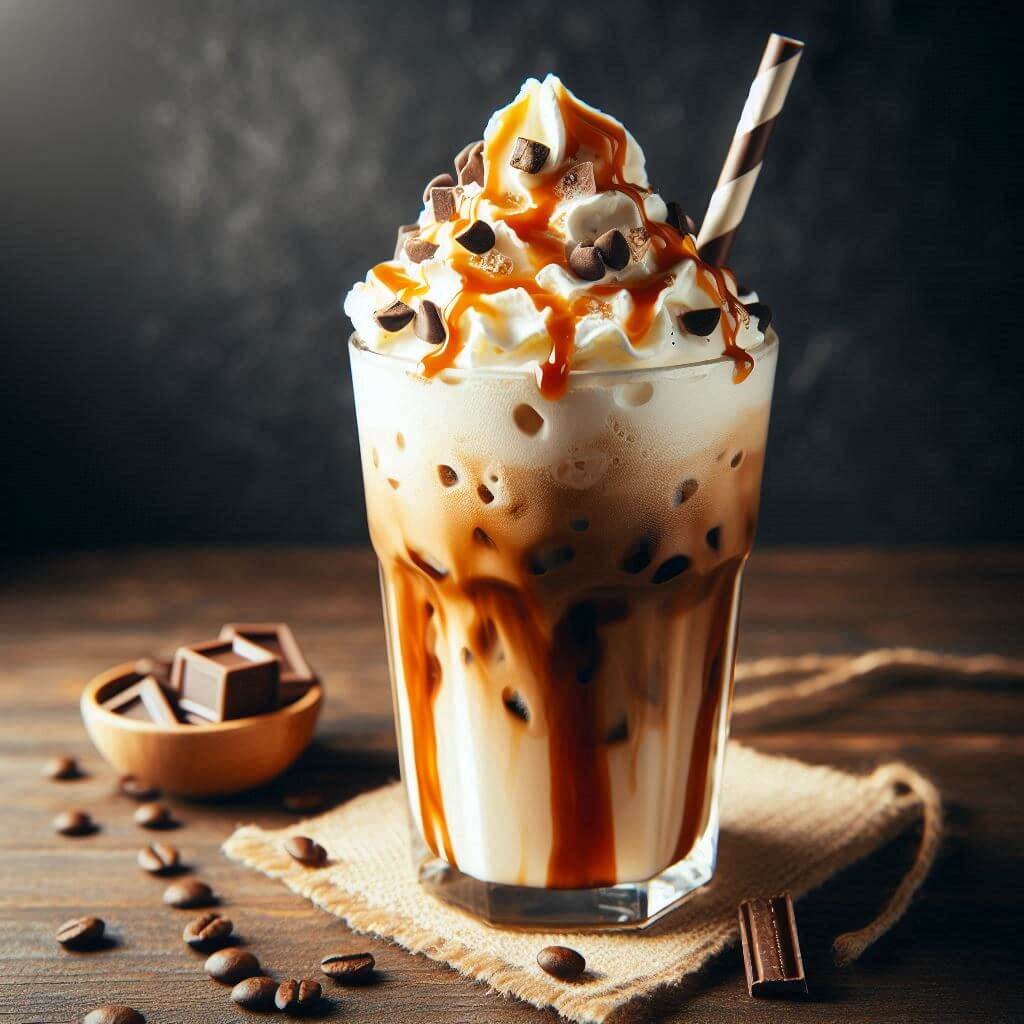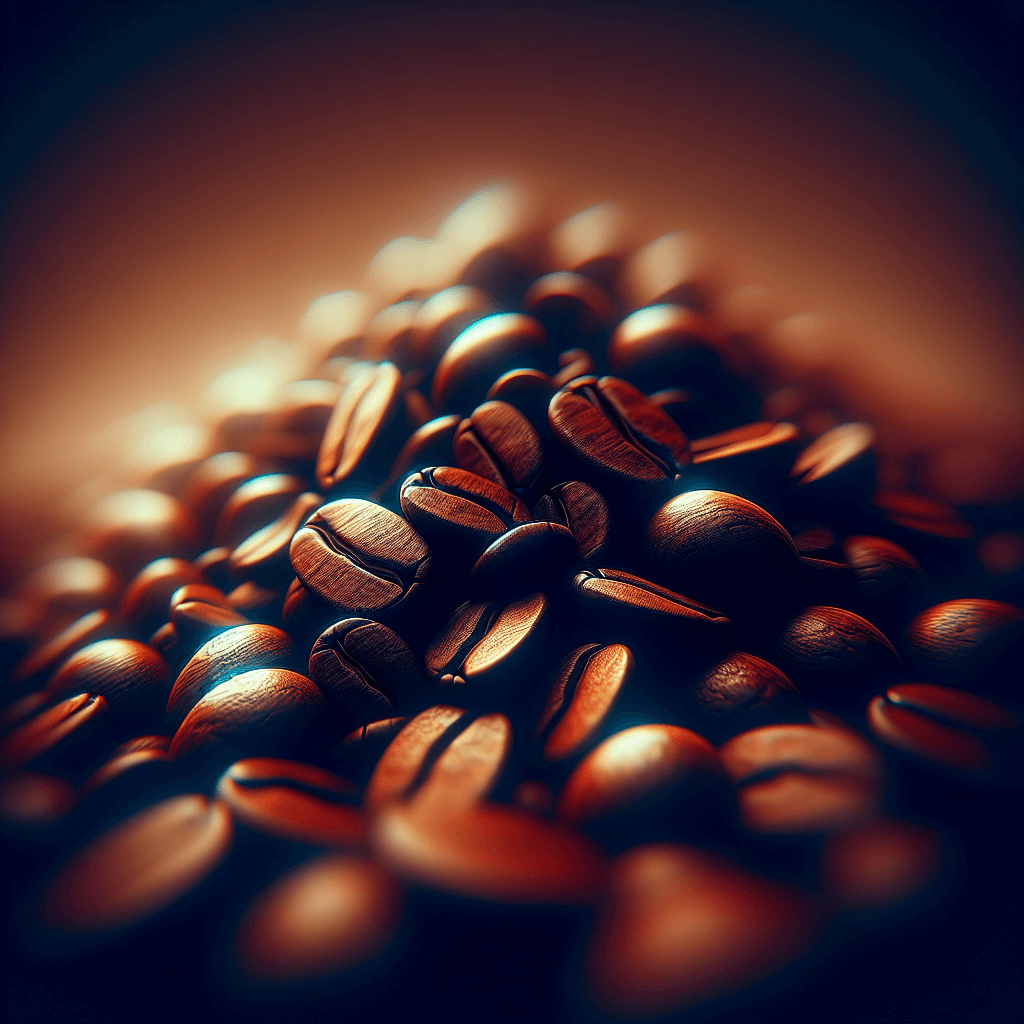
Known for its smooth, rich flavor, cold brew coffee is fundamentally different from the traditional hot brew methods that most coffee drinkers are familiar with. This brewing method involves soaking the coffee grounds in cold or room-temperature water for a long time—usually 12 to 24 hours. The result is a coffee concentrate that is less acidic, comparatively milder and noticeably sweeter than coffee brewed with hot water.
The science behind cold beer lies in the process of its extraction. Hot water is a very effective solvent, it quickly extracts the aromas and oils from the coffee beans. This rapid extraction typically extracts a wide range of flavors, including sour and bitter compounds that are less soluble in cold water. When brewing beer with cold water, the extraction process is not only slower but also more selective, resulting in a flavor profile that many consider smoother and more enjoyable.
Key factors such as bean origin, roasting and grind size can dramatically change the taste of the final cup. For example, beans with floral and fruity notes tend to do very well when cold brewed, as longer soaking times can enhance those subtle flavors without the bitterness that hot water can add.
In addition, the reduced acidity of cold coffee eases its effect on the stomach and is an ideal choice for those who experience digestive discomfort from more acidic hot coffee. The lower acidity also means that the inherent sweet notes of the coffee bean can come through more strongly, which may explain why some drinkers find cold brew less bitter and more naturally sweet without added sugar or sweeteners.
Cold brew’s versatility in terms of concentration is another reason for its popularity. After brewing, the concentrate can be diluted with water, milk or any other type of milk to the taste of the drinker. This makes cold brew an incredibly flexible base for a variety of coffee drinks and desserts.
Factors Affecting The Choice Of Beans
The geographic origin of the coffee beans is critical, as the climate, soil and altitude at which the beans are grown affect their flavor profile. Beans from different regions can exhibit a range of characteristics from bright and sour to sweet and smooth. East African beans, for example, tend to have higher acidity and more complex aromatic floral notes that can brighten up a cold drink. In contrast, Central American coffee beans often have a mild acidity with balanced sweetness and subtle chocolate notes, making them a safer and more enjoyable choice for cold brew beginners.
Different types and varieties of coffee have different tastes. Arabica beans are generally preferred for their aromatic and complex flavor profiles, while robusta beans are stronger and contain more caffeine, but are generally considered less refined in flavor. In Arabica, there are many varieties, each of which offers something different. Bourbon and Typica are known for their clean, sweet flavors that work well with cold beers.
The way coffee beans are processed also affects their taste. Washed (or wet-processed) beans are de-chermed immediately after picking, which usually improves their purity and brightness, providing a cleaner flavor that can be appealing when cold brewed. In contrast, natural (or processed dry) beans are dried with the fruit, often resulting in a sweeter, fruitier, and sometimes surprising profile that can add a unique twist to a cold brew.
Roasting transforms green coffee into complex aromatic beans that are used for brewing. A light roast retains much of the original flavor of the coffee bean, including much of the inherent acidity, which can create a bright but potentially sharper cold brew. A medium roast is darker, less acidic, and balances original flavors with the caramel sweetness of the roast, offering the versatility to make cold drinks that will appeal to most palates. A dark roast is less acidic and has a pronounced bitterness with smoky, chocolate tones that can make for a very bold and mellow cold beer, although they can overshadow some of the natural flavors of the beans.
Freshness is of prime importance as it affects the strength of the flavor. Coffee begins to lose its freshness almost immediately after roasting, so using fresh beans ensures that the flavor and aromas remain powerful and alive. For a cold beer that is based on subtle flavor extraction, the use of fresh, high-quality grains can make a big difference.
The Best Varieties Of Beans For Cold Brew
Ethiopian Yirgacheffe is one of the most popular cold beer options due to its unique and highly desirable flavor profile. Ethiopian Yirgacheffe beans are known for their bright and lively flavor, which includes floral and citrus notes, often with a hint of sweetness reminiscent of berries or lemon. The inherent qualities of these beans make them a fantastic choice for cold beers, as the cold pressing process enhances the sweet and aromatic aspects while muting the acidity, resulting in a refreshing and invigorating drink.
Originating in Indonesia, Sumatra Mandheling is another prime candidate for cold beer due to its full body and low acidity. This bean typically has an earthy and complex flavor with hints of spice and cocoa, making it incredibly satisfying when eaten cold. The richness of the Sumatra coffee is well preserved by the long cold-brew extraction, offering a robust cup with subtle herbal tones that add complexity and depth.
Colombian beans are extremely versatile and well-balanced, which is why they are commonly used in a variety of coffee brewing methods, including cold brew. Colombian Supremo, in particular, is a large bean that provides a clean and consistent flavor profile with rich nutty notes and a smooth finish. The smooth and balanced nature of these beans makes for a cold drink that is both refreshing and complex without overwhelming the palate.
Brazilian Bourbon Santos are often used in cold beer because of their chocolate and nutty flavor, which makes for a sweet and smooth drink. Santos Bourbon, a special variety from Brazil, offers low acidity and a creamy, rich flavor that translates well into a chocolatey, sweet cold beer. This can be especially great in warm weather when a sweeter iced coffee can be refreshing.
Kenyan AA beans, known for their brightness and strong, pronounced flavor with a fruity base, are ideal for those who like a more dynamic and exciting coffee profile. These beans often have berry and citrus notes that, when brewed like a cold beer, transform into a crisp, sweet, and aromatic drink, leaving an inviting aftertaste that’s both unique and refreshing.
Tips For Making The Perfect Cold Beer
The cold brew grind should be coarse, similar to raw sugar. This larger grind size allows for the slow extraction required for cold brewing, avoiding over-extraction that can lead to a bitter taste.
The quality of the water used for brewing can greatly affect the taste of your cold brew. Use filtered water if possible, as this will help ensure that unwanted flavors from impurities in the water do not affect the final product.
Soaking time may vary based on personal taste. A range of 12 to 24 hours is usually recommended, but you can adjust this depending on how strong or mild you prefer your coffee. A longer steeping time usually results in a stronger and more concentrated drink.
After brewing, keep the cold drink in the refrigerator. It can keep well for up to two weeks, but the best flavor is usually seen within the first week.

